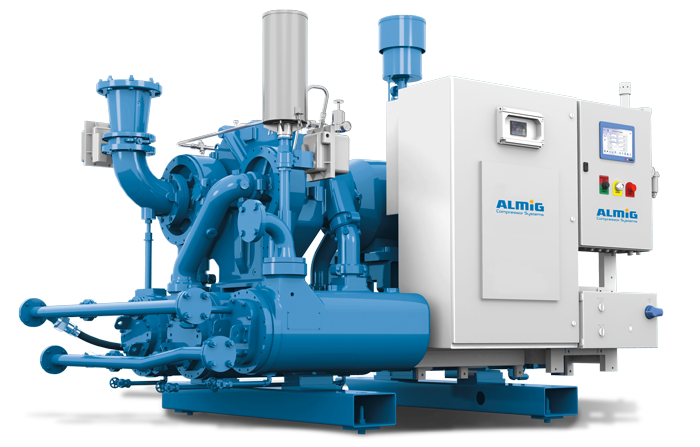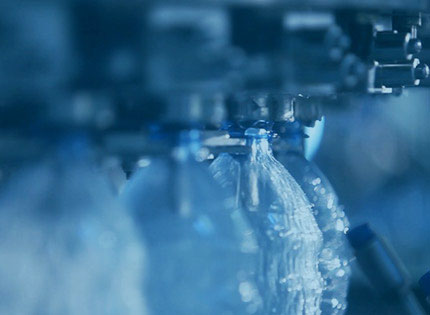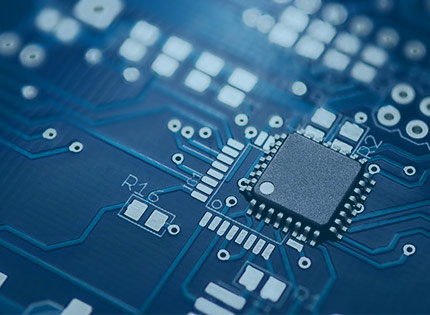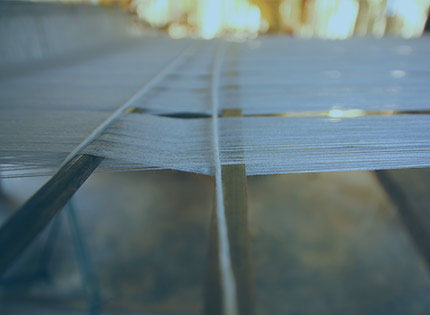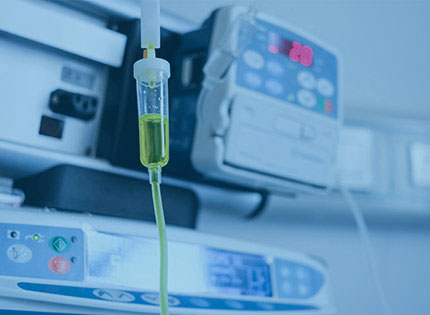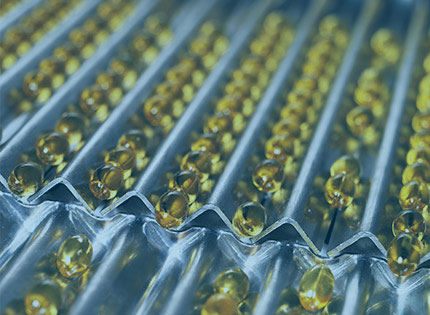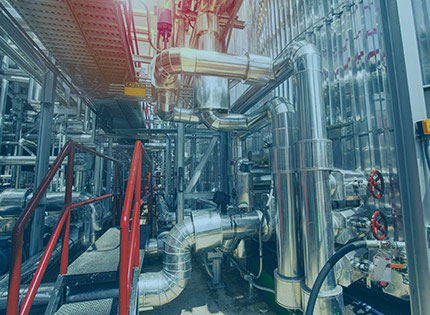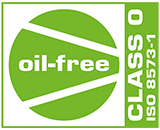Compressor series DYNAMIC P
The DYNAMIC P series includes three-stage, oil-free tubocompressors in the power range from 185 to 2240 kW. The extremely powerful units deliver a volume flow of 25 - 330 m³/min at a pressure of up to 10 bar(g). The field of application of the turbo compressor series DYNAMIC is manifold and is mainly in the large-scale industry of petrochemistry, pharmacy, medical technology, refineries, mines, steel and automotive industry. Everywhere where a constant, reliable and economical compressed air supply with 100% oil-free compressed air is required.
Advantages of ALMiG turbo compressors:
- 100% oil-free compressed air
- Low life cycle costs
- Highest energy efficiency
- Compact design with simultaneously high delivery rate
- User-friendly control system
- Minimal maintenance requirements
Technical information
The turbo compressors of the DYNAMIC series are available in various sizes with volume flows between 25 - 330 m³/min at up to 10 bar.
The oil-free compressors are available as a unit without sound insulation or also in a sound-insulated version and are characterised by:
- Simple installation, minimal assembly effort
- Three-stage compression for excellent efficiency
- Inlet guide vane (IGV) as standard to optimise efficiency
- Working pressure from 3 - 10 bar(g)
- Modern microprocessor control or PLC
- High-quality material selection for virtually wear-free operation
- Low vibration and noise
- Available with or without cladding
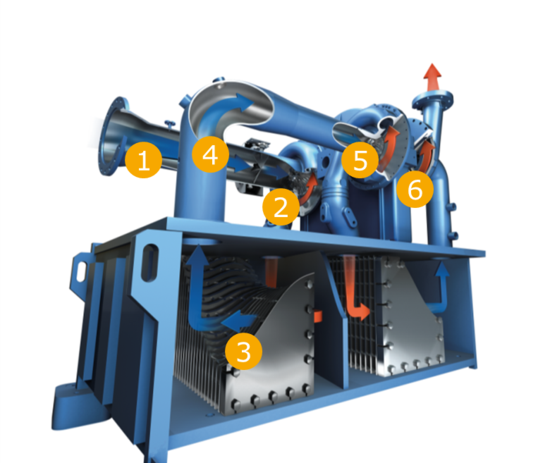
Turbo compressors are among the compressors with the lowest operating costs. They generate compressed air by converting the speed of the air flow into air pressure.
- The ambient air enters the first pressure stage through the inlet guide vane (IGV).
- The air is accelerated by the impeller. The flow velocity is converted into pressure.
- The air is directed into the first intercooler and cooled.
- The cooled air flows into the second compressor stage.
- The compression process is repeated. The air flows via the impeller of the second stage into the second intercooler.
- Finally, the air is fed into a third compressor stage. The clean, oil-free compressed air flows into the aftercooler and can then be used.
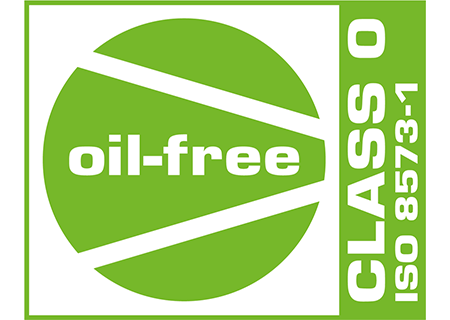
- Officially certified according to ISO 8573-1 CLASS 0, generation of 100 % oil-free compressed air
- No cost-intensive filters or additional oil separators necessary
- No disposal of oil-contaminated condensate
- No oil consumption
- No product or contamination of the compressed air network with oil
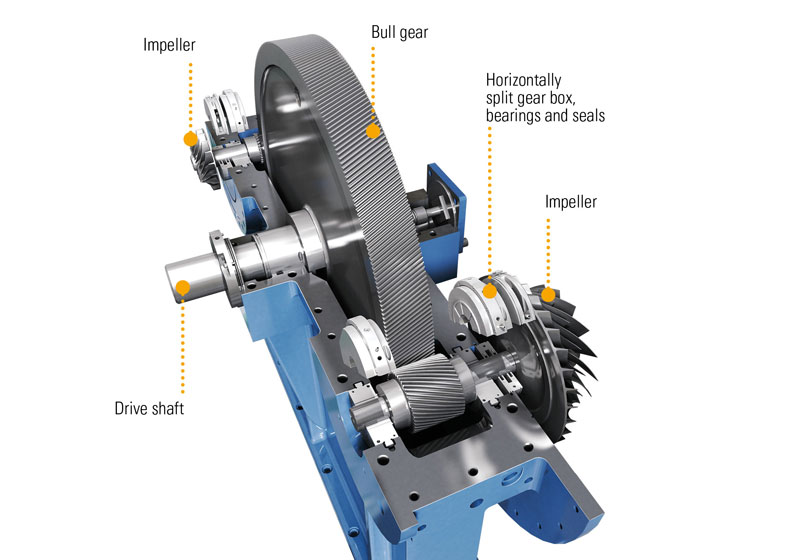
- On-site maintenance possible thanks to horizontally split housing. No overhaul at the manufacturer's works necessary.
- Wear-free, non-contact impellers. No preventive replacement or overhaul.
- No replacement of compressor stage (wear-free).
- No maintenance of air/oil separators as these are not necessary.
Case studies
"The recognised quality of the turbo compressors and the ease of maintenance were key factors in our decision. We were also very impressed by the scope and quality of the customer service." - Head of operations engineering / automotive supplier
The challenge
With high capacity utilisation, the compressed air generation and supply regularly resulted in production interruptions and additional costs for maintenance.
The background
Faced with rising energy costs, a North Carolina automotive parts manufacturer was forced to review the energy efficiency of its plant operations. In addition, the five oil-injected screw compressors could no longer meet the company's increasing demand for compressed air. Production was regularly interrupted due to the inadequate compressed air supply.
The solution
The company maintenance department was commissioned to solve this compressed air problem. The aim was not only to eliminate capacity problems, but also to save energy and maintenance costs.
During an on-site visit, our sales department conducted a comprehensive inventory of the compressed air requirements and recommended that the customer replace three of the five screw compressors with a turbo compressor. Using this turbo compressor instead of the previous screw compressors would significantly reduce the customer's maintenance and energy costs. In addition, thanks to the patented aerodynamic design of the impeller, the customer could benefit from higher operational reliability, higher efficiency and lower energy costs.
The plant maintenance department decided to follow our recommendation and purchase a turbo compressor for the plant. This provided the automotive supplier with the additional compressed air capacity needed for uninterrupted production. At the same time, the plant was able to dispense with three of its screw compressors. The new compressor enabled savings in maintenance and energy consumption.
Savings of more than 100,000 EUR are a direct result of the reduced energy consumption and lower maintenance costs of the turbo compressor.
"The deciding factors for us were the good reputation the company enjoys for its personal customer service and the maintenance-free turbo compressors." - Maintenance Manager / Foundry
The challenge
The plant needed an additional 127 m³/min of compressed air and needed to contain its rising energy costs.
The background
A leading supplier of cast iron piping and fittings had previously met the compressed air needs of its exhaust filters, air motors and pumps with six screw compressors. Due to an increase in production, the foundry now required at least 127 m³/min more compressed air than it was actually producing. In view of rising energy costs, the company was looking for solutions to reduce the current energy consumption in production.
The sales department went on site to find out about the customer's current compressed air requirements. He explained to the head of the maintenance department there what savings could be expected in the areas of energy and maintenance if the plant decided to use a turbo compressor. To give the plant maintenance manager an idea of how a compressor works, he was invited to visit a plant where a compressor was installed next to a competitor's product.
The solution
During the site visit, our client explained to the plant maintenance manager that although the plant was also using a competitor's compressor, our customer service was significantly better. This, combined with the expected savings, led the plant maintenance manager to choose our product to fill the supply gap and solve his efficiency problem. After installing our compressor, the foundry was able to take two of its oil-flooded screw compressors out of service and thus achieve further savings.
Savings of around EUR 55,000 in energy and maintenance costs by using the turbo compressor.
"This is some of the best equipment I've seen in my 30-year career as an operations engineer." - Operating engineer
The challenge
Due to increased production numbers, a plastics processing company needed additional compressed air capacity.
The background
The plant engineer approached our sales department because he wanted to add another unit to the eight screw compressors already in place. The additional compressor was to cover the plant's increased compressed air demand. Our sales department visited the customer to get a better idea of their needs and to inspect the currently installed units.
The solution
Our sales department recommended that the company replace the previous eight screw compressors with a single turbo compressor to meet the increased compressed air demand. As the new turbo compressor delivers oil-free compressed air, it would also meet a key requirement for the production of food packaging.
The plant engineer asked to see a turbo compressor that had already been installed. During this visit, our representative presented him with the savings in energy and maintenance costs that could be expected if the existing eight screw compressors were replaced. After the plant engineer had convinced himself of the function of the installed compressor, his decision was made: He bought the compressor.
Thanks to the newly installed turbo compressor, the customer not only quickly achieved the promised savings, but also benefited from significant improvements in production and automation through the use of oil-free compressed air. A year later, the plant purchased a second turbo compressor to expand its production. According to the plant engineer, this decision was all the easier because the company could look forward to extremely low maintenance costs for the already installed compressor. Today, the company supplies four large plants with only two turbo compressors.
More than 75,000 EUR in maintenance costs and 28,000 USD in energy costs for all four units have been saved.


